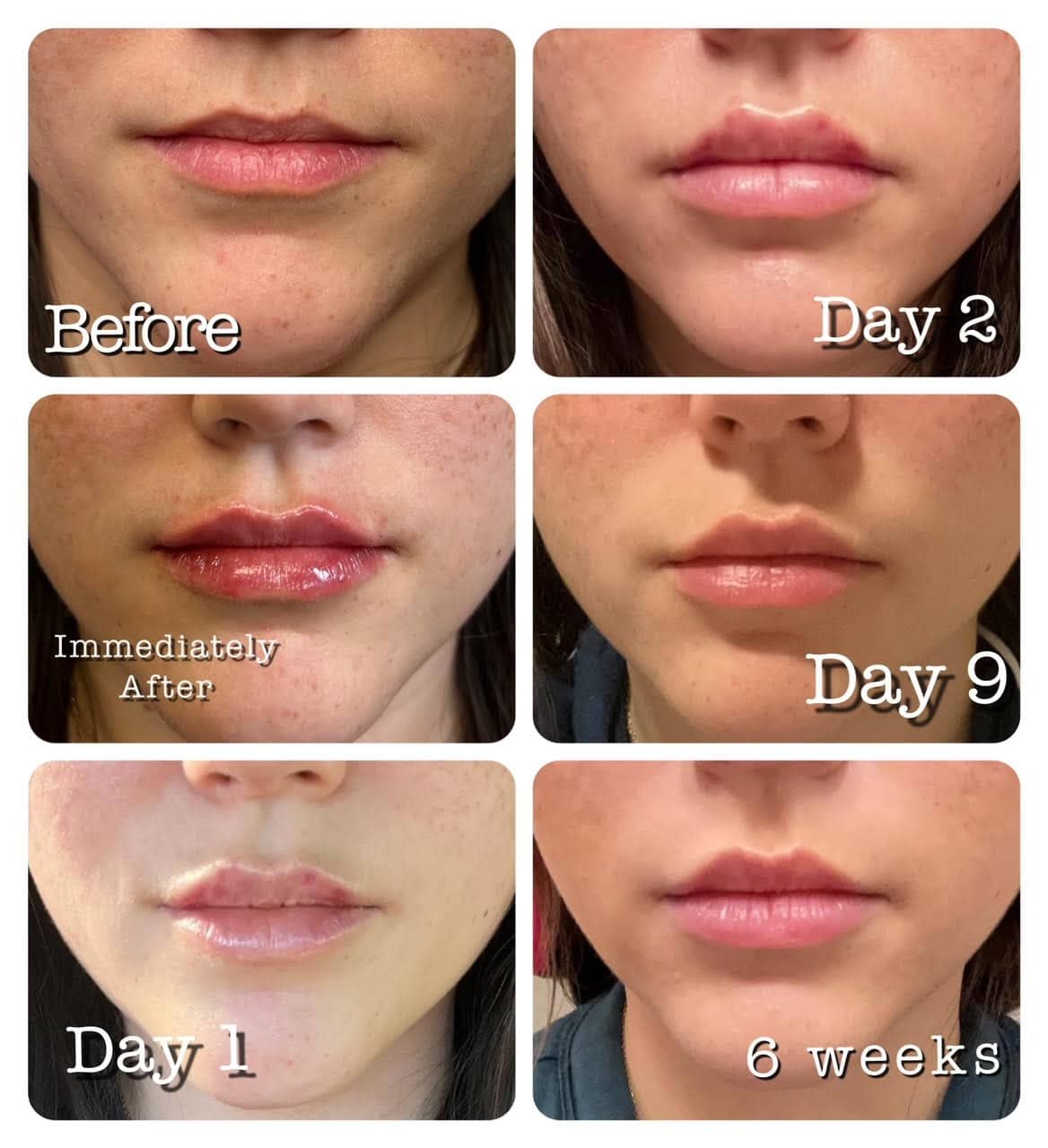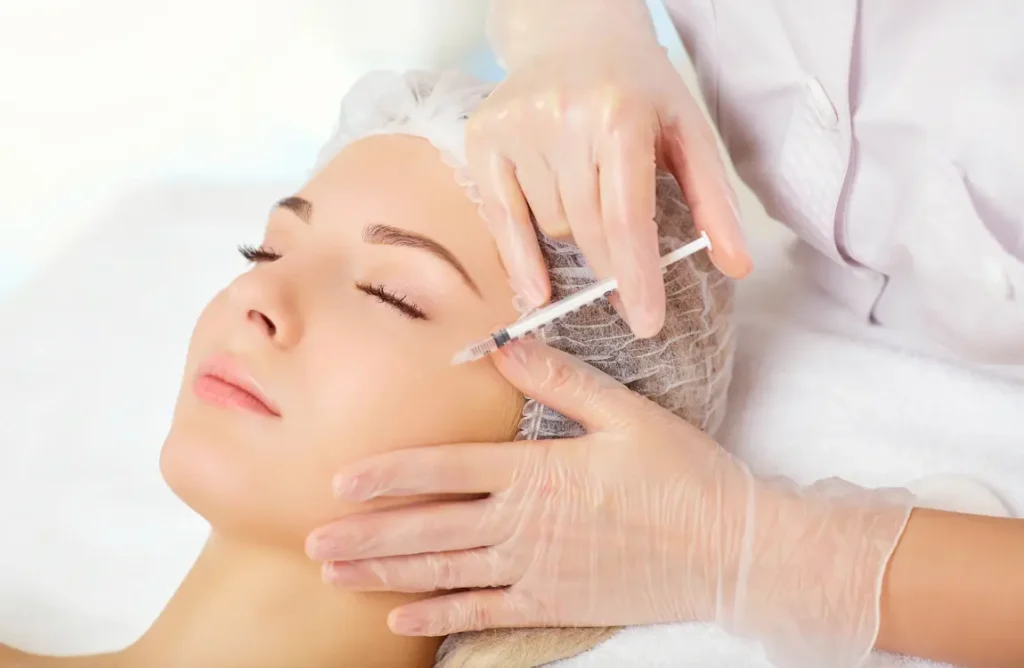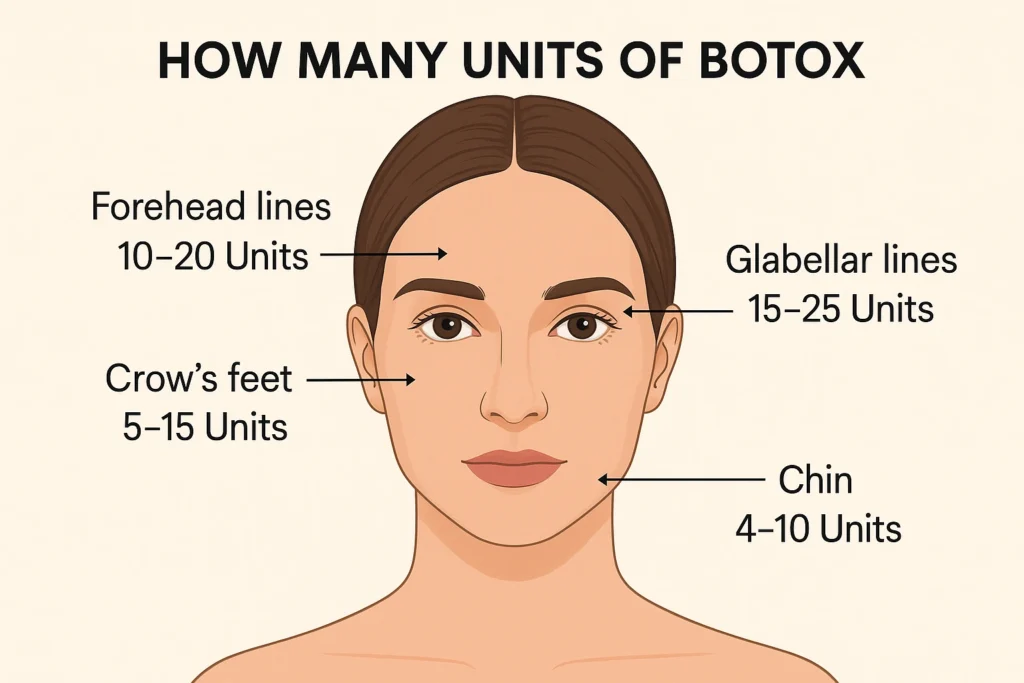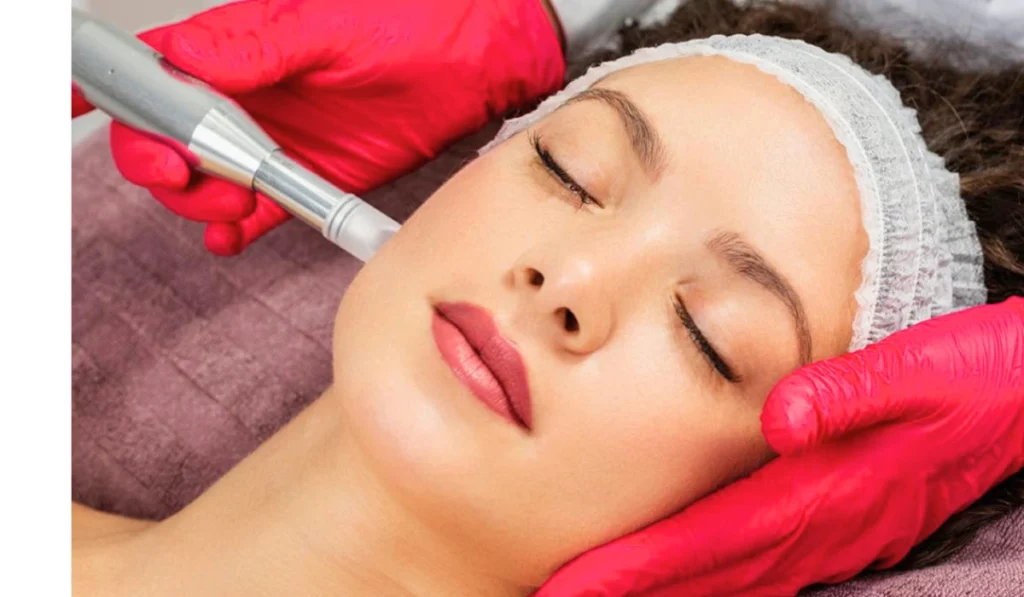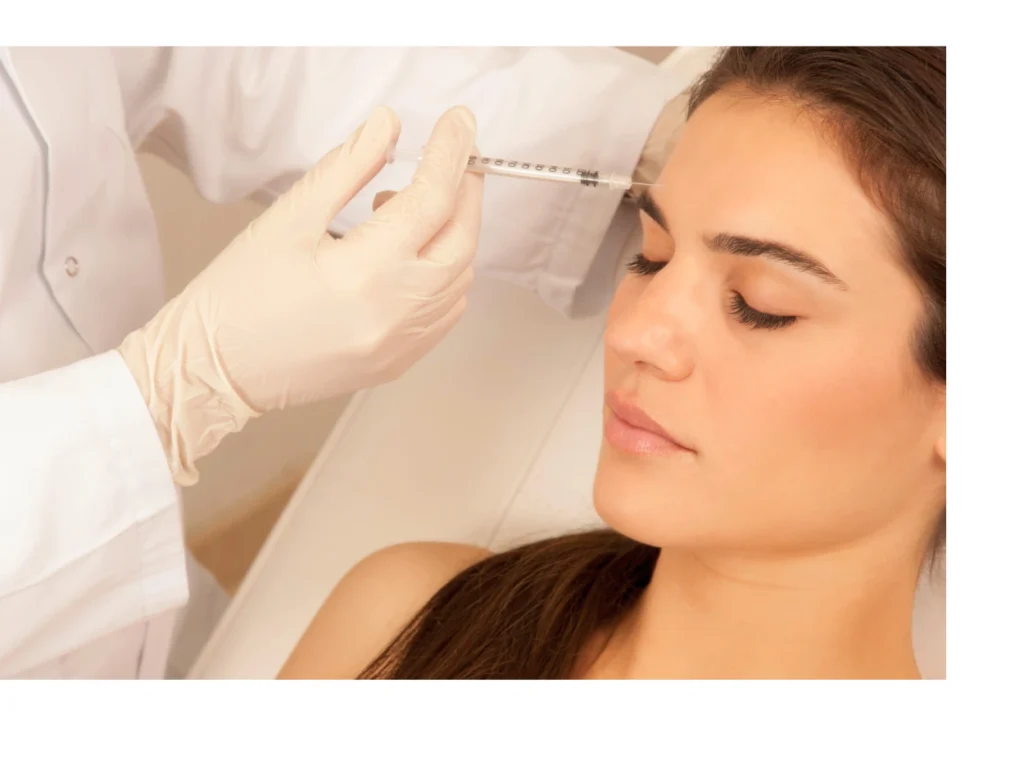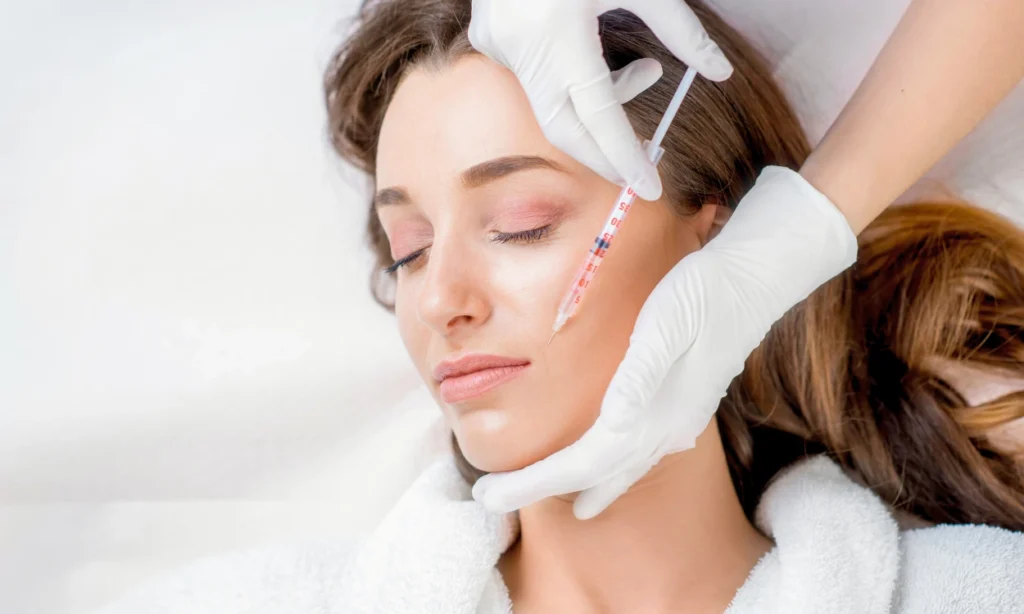Lip fillers can last anywhere from 6 to 18 months. The duration depends on several factors.
Lip fillers have become a popular cosmetic treatment. They offer a quick way to enhance your lips. But how long do the results actually last? This question is important if you’re considering the procedure. Lip fillers are made of substances like hyaluronic acid.
Over time, your body absorbs these substances. How long the effect lasts can vary. Factors like the type of filler, your lifestyle, and your body’s metabolism play a role. Knowing what to expect can help you make an informed decision. In this blog, we’ll explore the lifespan of lip fillers in detail.
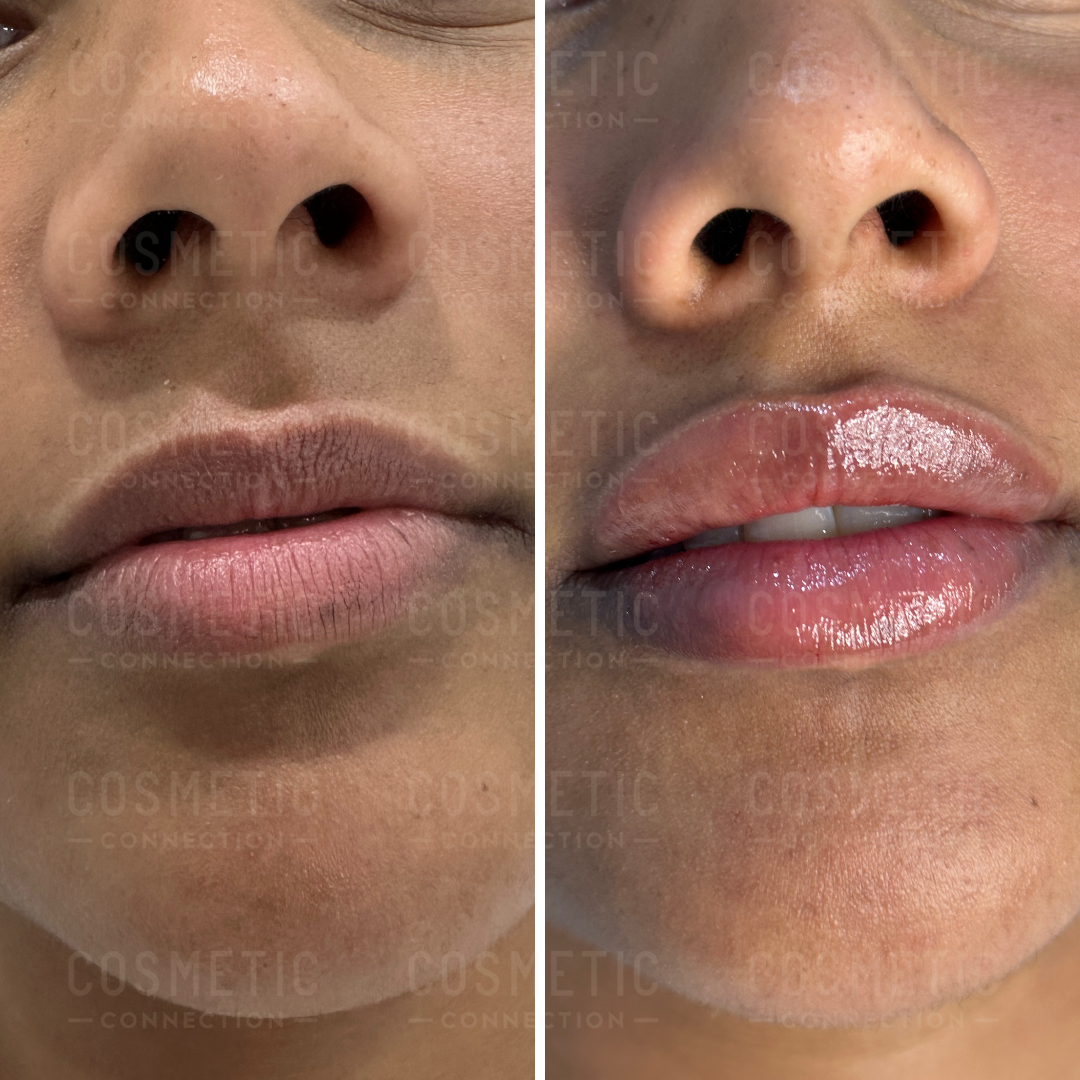
Credit: cosmeticconnection.com.au
Introduction To Lip Fillers
Lip fillers have gained immense popularity in recent years. Many individuals seek fuller, more defined lips. This cosmetic procedure offers a quick solution. It enhances the appearance of lips effectively. Let’s dive into what lip fillers are and why they have become a trend.
What Are Lip Fillers?
Lip fillers are injectable substances. They add volume to the lips. The most common type of lip filler is hyaluronic acid. This substance is naturally found in the body. It helps to plump and hydrate the lips. Other types of fillers may include collagen or synthetic materials.
The procedure is non-surgical. It involves injecting the filler into specific areas of the lips. This gives the lips a fuller and more defined look. The results are usually immediate. However, some swelling may occur. This typically subsides within a few days.
Popularity And Trends
Lip fillers have become a popular beauty trend. Many celebrities endorse this procedure. Their influence has made lip fillers more mainstream. Social media also plays a significant role. People share their experiences and results online. This increases curiosity and interest among the masses.
According to recent statistics, the demand for lip fillers is rising. Many individuals, both young and older, opt for this treatment. It offers a quick and effective way to enhance one’s appearance. The procedure is relatively affordable. This makes it accessible to a wider audience.
| Year | Number of Procedures |
|---|---|
| 2018 | 2.7 million |
| 2019 | 3.0 million |
| 2020 | 3.3 million |
The trend shows a steady increase in the number of lip filler procedures. This indicates growing acceptance and interest in the treatment.
Types Of Lip Fillers
Understanding the types of lip fillers can help you make an informed choice. The right filler can give you a fuller, more youthful look. Let’s explore the different types available.
Hyaluronic Acid Fillers
Hyaluronic acid fillers are very popular. They add volume and shape to your lips. The body naturally produces hyaluronic acid, making these fillers safe. They can last from six months to a year. If you want natural results, hyaluronic acid fillers are a great option.
Collagen-based Fillers
Collagen-based fillers were the first type of lip filler. They work by boosting the collagen in your lips. This type of filler can last up to three months. Collagen fillers provide a smooth and plump look. They are ideal for those seeking a temporary change.
Procedure And Application
Lip fillers have become a popular option for enhancing lip volume and shape. The procedure is relatively quick, but understanding each step can help ease any concerns. Knowing what to expect during the procedure is essential for a smooth experience.
Consultation And Planning
Before the injection, a consultation is necessary. This helps understand your goals and expectations. During this consultation, the specialist will assess your lips and facial structure. This assessment helps in planning the right amount of filler needed.
Discussing medical history is also crucial. It ensures there are no allergic reactions or complications. The specialist might also show before and after photos of previous patients. This gives a clear idea of what to expect post-procedure.
Injection Process
The actual injection process is straightforward. First, the specialist will clean your lips thoroughly. This prevents any infection. Then, a numbing cream is applied to reduce discomfort. The cream takes a few minutes to take effect.
Once your lips are numb, the specialist begins the injections. They use a fine needle to inject the filler. The process involves multiple small injections. This ensures even distribution of the filler. The entire injection process typically takes about 15 to 30 minutes.
After the injections, the specialist may gently massage your lips. This helps in shaping and even distribution of the filler. You may experience some swelling or bruising, but this is temporary. The specialist will provide post-care instructions to follow for a smooth recovery.
Immediate Aftercare
After getting lip fillers, immediate aftercare is crucial for the best results. Proper care can minimize swelling and bruising. This guide will help you understand what to do right after your treatment.
Post-injection Tips
Here are some post-injection tips to follow:
- Avoid touching your lips for at least six hours.
- Stay upright for at least four hours post-treatment.
- Drink plenty of water to stay hydrated.
- Avoid strenuous exercise for 24 to 48 hours.
- Refrain from consuming alcohol for 24 hours.
Managing Swelling And Bruising
Swelling and bruising are common after lip fillers. Here are some tips for managing swelling and bruising:
- Apply an ice pack to your lips for short intervals.
- Use arnica gel to reduce bruising.
- Sleep with your head elevated to reduce swelling.
- Avoid hot beverages for a few days.
- Do not use straws for at least 24 hours.
Following these tips will help you achieve the best results from your lip fillers. Remember, proper aftercare is key to a smooth recovery and beautiful lips.
Factors Affecting Longevity
The longevity of lip fillers varies based on several factors. Understanding these factors can help you make informed decisions. Let’s explore the key elements that influence how long your lip fillers last.
Type Of Filler Used
The type of filler significantly impacts its duration. Here are some common fillers:
- Hyaluronic Acid Fillers: These are the most popular and usually last 6-12 months.
- Collagen Fillers: Less common, lasting around 3-4 months.
- Calcium Hydroxylapatite: Lasts up to 18 months but is often used for deeper wrinkles.
Choosing the right filler depends on your needs and expectations. Consult with a professional to determine the best option for you.
Individual Metabolism
Each person’s metabolism affects how quickly their body breaks down the filler. Faster metabolism means the filler will dissolve sooner.
Factors that influence metabolism include:
- Age: Younger people tend to metabolize fillers faster.
- Activity Level: Active individuals may experience quicker breakdown of fillers.
- Lifestyle: Smoking and sun exposure can speed up the filler degradation.
Understanding your metabolism can help you predict the longevity of your lip fillers.
Typical Duration Of Results
Curious about how long lip fillers last? Understanding the typical duration of results can help set realistic expectations. The longevity of lip fillers varies based on several factors. This section will delve into the typical duration of results, highlighting short-term and long-term expectations.
Short-term Results
Most people notice immediate results after getting lip fillers. The lips appear fuller and more defined right away. These initial results are quite satisfying. Swelling and bruising may be present initially. These effects usually subside within a few days.
The full effect is typically visible within two weeks. This period allows the filler to settle. During this time, the lips achieve their final shape and volume.
Long-term Expectations
Lip fillers generally last between six to twelve months. The duration depends on the type of filler used. Hyaluronic acid fillers are the most common. They are safe and provide natural-looking results. The body gradually absorbs the filler over time.
Factors like metabolism, lifestyle, and aftercare also play a role. People with faster metabolisms may notice the filler dissolving quicker. Regular touch-ups can help maintain the desired look. Consulting with a qualified practitioner ensures the best results.
Maintaining Lip Fillers
Maintaining lip fillers ensures that your lips stay plump and attractive. Proper care and follow-up treatments are essential. Lifestyle choices also play a significant role. Let’s explore these aspects in detail.
Follow-up Treatments
Regular follow-up treatments keep your lip fillers looking their best. Your practitioner will advise on the right schedule. Typically, follow-up treatments are needed every 6 to 12 months.
During these visits, small touch-ups might be done. This keeps your lips in perfect shape. Discuss any concerns with your practitioner during these appointments.
Lifestyle Choices
Your lifestyle choices affect how long your lip fillers last. Here are some key points to consider:
- Hydration: Drink plenty of water. Hydrated lips retain fillers better.
- Sun Protection: Use lip balm with SPF. Protect your lips from sun damage.
- Healthy Diet: Eat a balanced diet. Vitamins and minerals support skin health.
- Avoid Smoking: Smoking can break down filler material faster.
- Exercise Moderately: Intense exercise might speed up filler absorption.
Make these lifestyle changes to prolong the effect of your lip fillers. It’s worth the effort.
| Factor | Impact on Fillers |
|---|---|
| Hydration | Positive |
| Sun Protection | Positive |
| Healthy Diet | Positive |
| Smoking | Negative |
| Intense Exercise | Negative |

Credit: www.youtube.com
Expert Tips For Best Results
Are you considering lip fillers and want to ensure the best results? Expert tips can help you achieve the look you desire while maximizing the longevity of your lip fillers. Here are some key strategies to keep in mind.
Choosing A Qualified Practitioner
To get the best results, always choose a qualified practitioner. Look for a board-certified dermatologist or a licensed cosmetic surgeon. These professionals have the necessary training and experience.
Check reviews and ask for before-and-after photos. This gives you an idea of their work quality. Don’t hesitate to ask about their experience with lip fillers specifically.
Personalized Care Plans
A personalized care plan ensures your needs are met. During the consultation, discuss your goals and expectations. The practitioner can then tailor the treatment to suit you.
Here are some elements that might be part of your personalized care plan:
- Type of filler used
- Volume of filler injected
- Placement techniques
Follow the post-procedure care instructions provided. These might include avoiding certain foods, keeping hydrated, and not touching your lips excessively.
Regular follow-up appointments are also important. This allows the practitioner to monitor your progress and make any necessary adjustments.
| Care Plan Element | Details |
|---|---|
| Type of Filler | Hyaluronic Acid, Collagen, etc. |
| Volume Injected | Customized to your lips’ anatomy |
| Placement Techniques | Strategic to enhance natural shape |
Following these expert tips can help you achieve lasting, natural-looking results with your lip fillers.
Potential Risks And Considerations
When considering lip fillers, it is important to understand the potential risks and considerations. While many people enjoy the benefits of fuller lips, there are possible side effects and situations where you should seek medical advice. This section will help you navigate these important aspects.
Possible Side Effects
Lip fillers can cause side effects, although they are usually mild. Common side effects include:
- Swelling
- Bruising
- Redness
- Tenderness
These side effects usually resolve within a few days. It is also possible to experience:
- Lumps or bumps
- Asymmetry
- Infection
Though rare, some side effects need close attention. Always follow your doctor’s aftercare instructions to minimize risks.
When To Seek Medical Advice
In some cases, it is necessary to seek medical advice. Contact your doctor if you experience any of the following:
- Severe swelling or bruising that lasts more than a week
- Signs of infection, such as fever, chills, or pus
- Allergic reactions, such as itching, rash, or difficulty breathing
- Unusual pain or discomfort
It is crucial to monitor your symptoms closely. Early intervention can prevent complications. Your health and safety should always be a priority.
Being aware of these potential risks and considerations can help you make an informed decision about lip fillers. Ensure you consult with a qualified professional and follow all recommended guidelines.
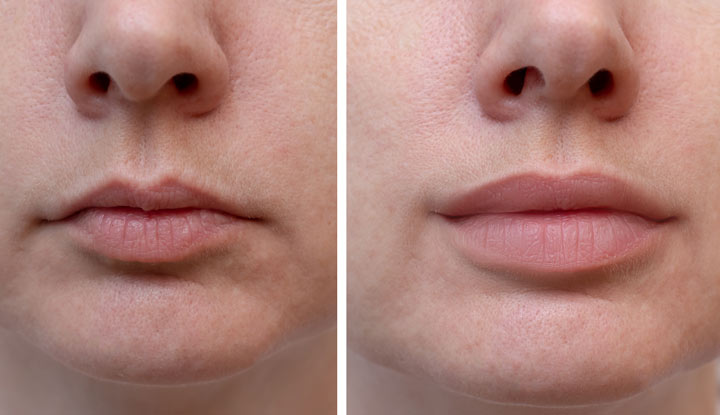
Credit: my.clevelandclinic.org
Frequently Asked Questions
How Long Do Lip Fillers Usually Last?
Lip fillers typically last between 6 to 12 months. The duration varies based on the type of filler and individual factors.
What Affects The Longevity Of Lip Fillers?
Several factors affect longevity, including the type of filler, metabolism, and lifestyle choices like smoking and sun exposure.
Can Lip Fillers Last Longer Than A Year?
Yes, in some cases, lip fillers can last longer than a year. This depends on the type of filler and individual response.
How Often Should I Get Lip Fillers?
Most people get lip fillers every 6 to 12 months. This maintains the desired volume and shape of the lips.
Conclusion
Lip fillers offer a quick way to enhance your lips. Results typically last 6-12 months. The exact duration varies by individual. Factors like lifestyle and metabolism play a role. Regular touch-ups can maintain the look. Consult a professional for personalized advice.
Remember, quality matters more than price. Choose a trusted provider for safe and satisfying results. Feel confident and beautiful with your new lips.

